SRAM may be developing a new electric mountain bike motor system, and we may even see it – or a shroud covering it – later this year.
The recent Enduro World Series 2022 team roster announcement included the new BlackBox Test Pilot Program team’s entry into the E-EWS – the racing series dedicated to electric mountain bikes.
The team currently has a single rider – Yannick Pontal, who recently left the (non-powered) Peugeot Pro Team, and races in the 35+ Masters category.
Why do we think SRAM is working on an electric bike motor?
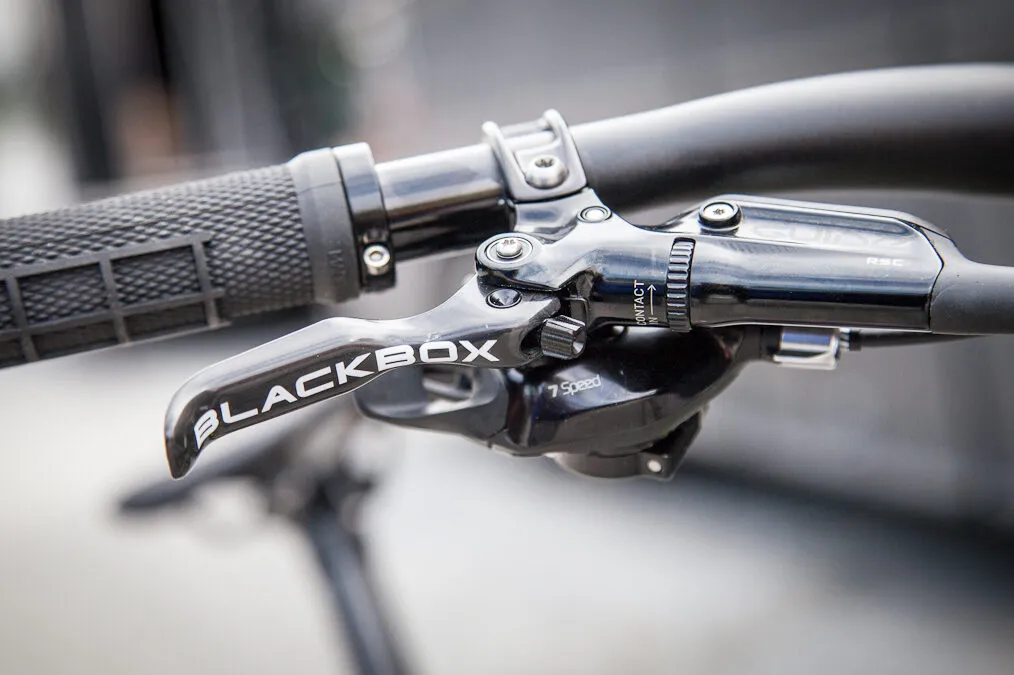
While the release of the UCI and EWS team rosters usually ends the team transfer rumour merry-go-round, and occasionally hints that a brand may be about to release a new bike, it’s rare that a component brand launches a team in its name.
Key here is SRAM’s entry into a series dedicated to a family of components that it currently does not offer.
The ‘BlackBox’ moniker has historically been used by SRAM to signal prototype and racer-only products. Including this in the team name strongly suggests something top-secret and previously unseen is in the works.
All of this strongly hints that the brand could well be working on an eMTB motor.
Is this SRAM’s first ebike motor?
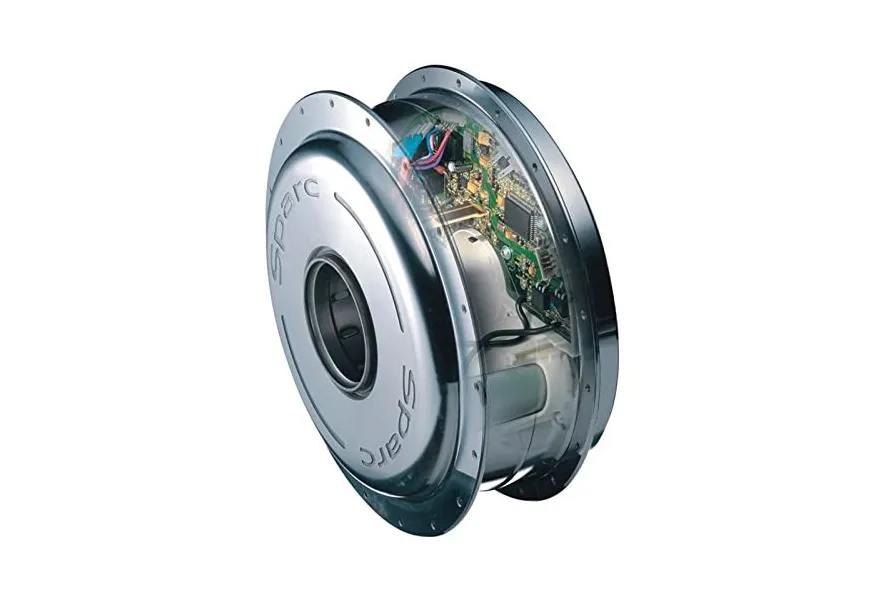
If SRAM is working on a new e-bike motor, this won’t be its first.
Way back in 2002, SRAM released its hub-based SPARC motor system, though this was aimed primarily at commuters.
It was then rumoured in 2010 that SRAM was working on a new motor system as part of a joint venture with BionX, a subsidiary of motor parts manufacturer Magna.
What do we know about the new SRAM ebike motor?
At the moment, we don’t know anything concrete, or even if there really is a motor coming.
However, we can piece together a few details at this stage and, as the year progresses, we should be able to garner more information, especially once the race season kicks off.
This will allow us to see what bike Pontal will be riding, and thus hint at the architecture of the motor and drivetrain.
At present, the team’s sponsors are listed as SRAM, RockShox, Zipp, Time – all brands owned by the SRAM group – and Troy Lee Designs. No frame/bike sponsor is mentioned.
Yannick’s Instagram account is also, at the time of writing, very sparse on details about his new team.
It’s worth pointing out early on that all of this could be a bluff from SRAM – it is the title sponsor of a number of EWS and DH teams, so its appearance here isn’t totally out of the ordinary.
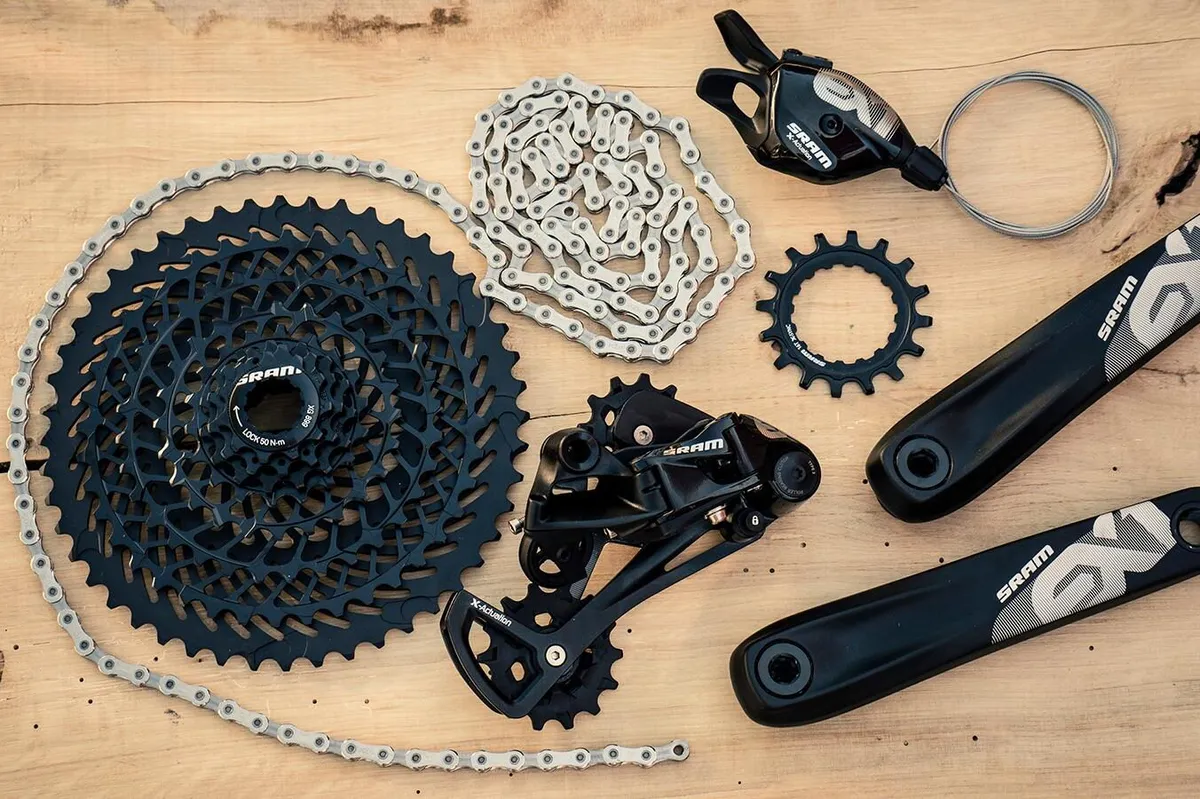
It’s possible the brand is developing an AXS version of its ebike-specific EX1 drivetrain launched in 2016. However, we feel this is unlikely.
The 8-speed system, built to withstand the extra power an ebike delivers, never really took off. Its current 12-speed kit – both electronic and mechanical groupsets – has also been proven to be up to the job.
RockShox and SRAM also have eMTB-rated forks and brakes in their respective ranges, so it would seem odd to build an entire product development team around this.
Anyway, back to the (potential) motor… With entry into the E-EWS , we suspect it’s likely any potential system will be a ‘full-fat’ motor, kicking out 70-90Nm of torque and complying with the 250W maximum power-output rules.
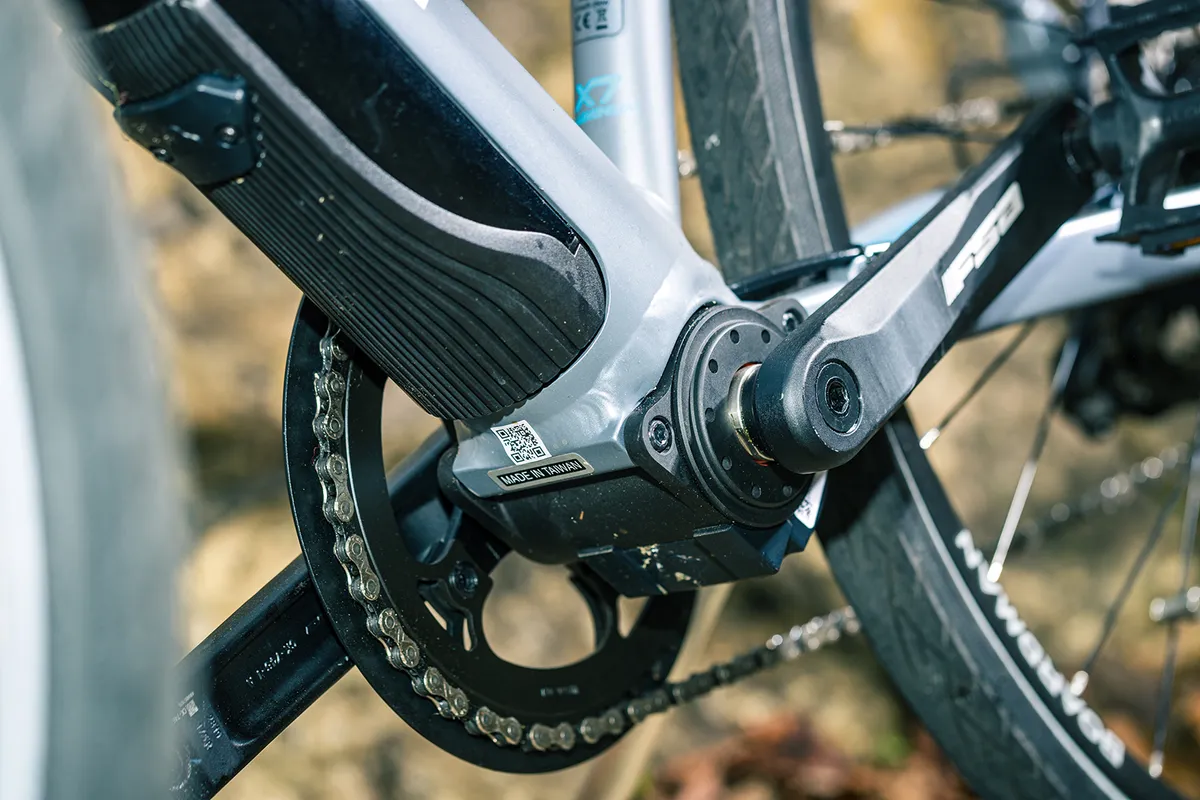
While lighter motor systems – such as Specialized’s SL 1.1 motor found on the Turbo Kenevo SL, or the removable Fazua system – exist, when it comes to the cut and thrust of E-EWS racing, it’s highly unlikely that a racer would take the reduction in power that these lighter systems provide. It simply wouldn’t be competitive.
Enduro-ready eMTBs tend to be specced with 640-720Wh batteries. We imagine the system will be built around one of these larger battery packs, again, to remain competitive.
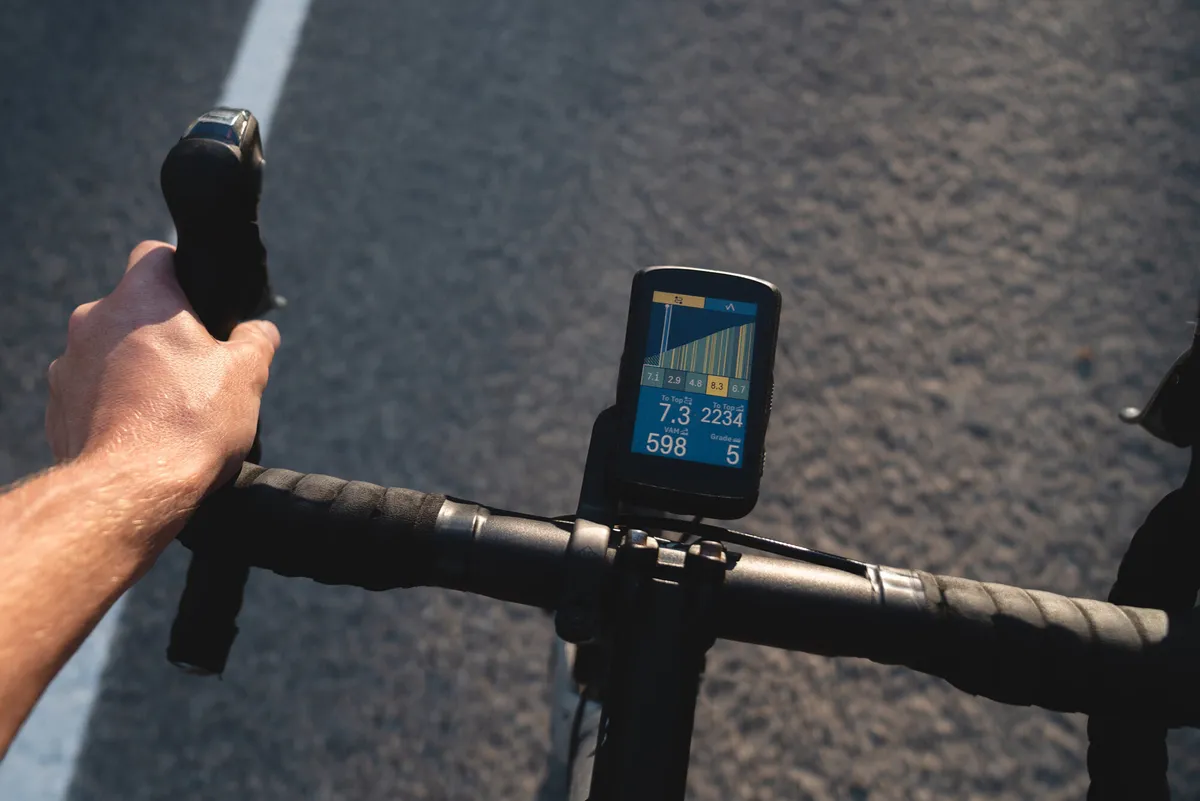
SRAM has spent much of the past few years heavily developing its electronic hardware and software technologies, which now include the AXS wireless groupset family and Reverb AXS seatpost, Quarq TyreWiz and ShockWiz tyre pressure and suspension performance analytics, and Flight Attendant automatic wireless control of fork and shock compression circuits.
Furthermore, its recent acquisition of Hammerhead gives it in-house GPS and display technology too.
It isn't a stretch to imagine any motor it develops integrating these technologies – a wireless display and control buttons, ground-reading control of power levels and lots more could all be possible.
Who will build the SRAM ebike motor?
A key question is whether this is a SRAM-led project, or whether it’ll be a collaboration with an existing motor brand.
For a brand – even of SRAM’s size – to build its own motor from scratch is a serious undertaking, requiring specialist engineering knowledge and manufacturing capabilities. Shimano went down this route, and its gamble has paid off, so it wouldn’t be unprecedented if SRAM chose to do so.
However, it’s not beyond the realms of possibility that the brand will partner with an established motor manufacturer to create a SRAM motor.
Similar collaborations have already been seen across the industry – Yamaha has worked extensively (but not exclusively) with Giant on its bespoke system, while Brose has been tied largely to Specialized.
Looking elsewhere, Bosch’s motor sits alongside Shimano’s EP8 as one of the most established and long-serving eMTB motor options, and as such, doesn’t feel like a likely partner for the brand to us.
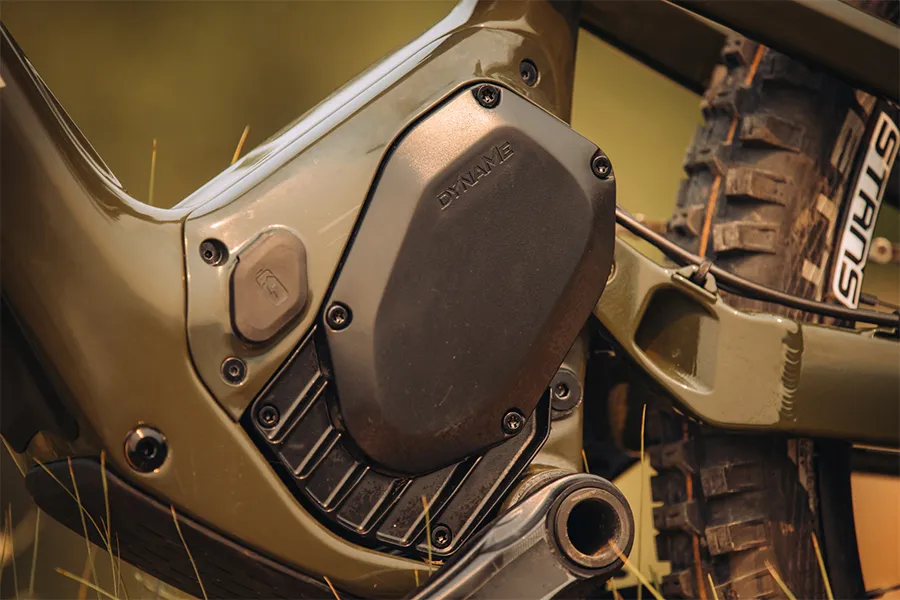
Haibike has its own FLYON system, which boasts a huge 120Nm of torque, while Rocky Mountain surprised everyone in 2017 with the launch of its Altitude Powerplay, using a bespoke – and highly regarded – motor system only seen on the brand’s bikes.
Alternatively, we could see SRAM work with an electronics manufacturer that currently doesn’t have an ebike motor, similar to its 2009 project with BionX.
SRAM is well known for acquiring existing component manufacturers to fill gaps in its product range – as we saw with its acquisitions of Time pedals and Hammerhead – so perhaps we’ll see news of future purchases as details of the system develops.
Will a SRAM ebike motor have a gearbox?

Navel-gazing about future gearbox systems is a favourite pastime in the mountain bike world, with speculation about a potential Shimano or SRAM gearbox coming about almost annually.
As yet, neither have pursued it seriously, though Shimano has a number of patents surrounding gearboxes.
This is likely due to the difficulties in achieving high pedalling efficiencies from planetary or CVT gear systems, as well as the weight of such drivetrains.
However, throw a motor into the mix and efficiency worries and weight can potentially be mitigated, because the power from the motor could mask a less efficient and heavier system.
The potential benefits offered by a gearbox are numerous – better chainlines, improved weight distribution, extra reliability and no derailleur hanging around the rear wheel.
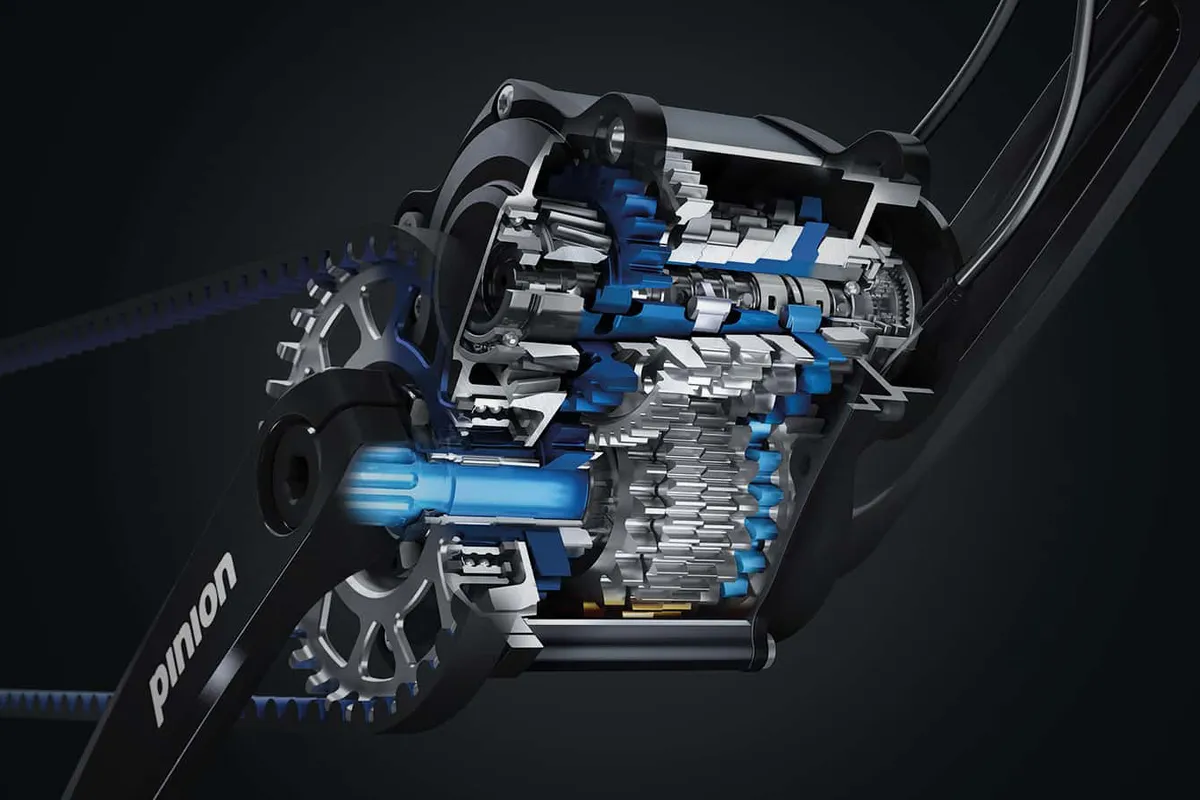
The question will be how much weight and complexity (and thus cost) this could add.
As yet, no major eMTB motor system has integrated a gearbox into the drivetrain, so perhaps the time is right.
It's fair to say SRAM is among the most disruptive mainstream manufacturers, bringing new ideas to market before the traditionally more conservative Shimano – the brand’s wireless drivetrains on both road and mountain bikes being a key example.
While SRAM may have been slow to bring a motor to market, maybe it has been putting the time to good use by integrating a gearbox into it.
What does SRAM have to say?
We reached out to SRAM for comment but, perhaps unsurprisingly, the brand's lips remain sealed, other than to say that, as a company, it is always developing and experimenting with new technology.
